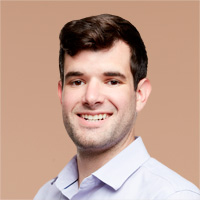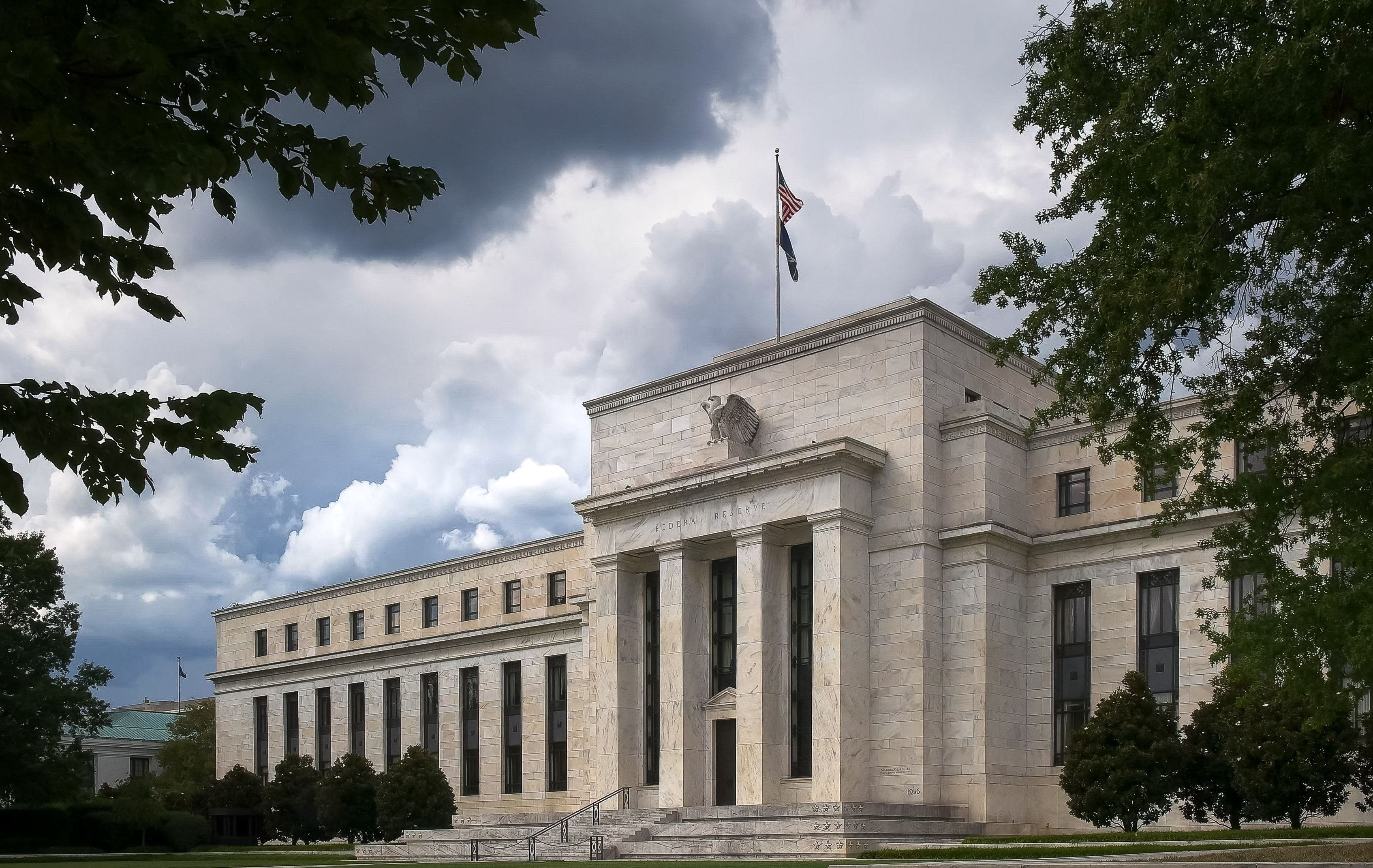5 Bear Market Do's and Don'ts
As the COVID-19 pandemic spread across the globe, economies the world over came to a screeching halt, and stock prices tumbled into a bear market more quickly than they ever have.


As the COVID-19 pandemic spread across the globe, economies the world over came to a screeching halt, and stock prices tumbled into a bear market more quickly than they ever have. Stocks subsequently rallied sharply, but we’re far from in the clear. With no hard-and-fast time line for when life will return to normal, the only thing investors can be certain of for now is more uncertainty.
But if history is any indication, we can count on one thing: This bear market, no matter how ferocious, will come to an end. Despite the unique viral source of current market turmoil, “this is all part of the market cycle,” says Morningstar director of investor education Karen Wallace. “Bear markets have happened historically, and they’ll happen again.” In other words, market history is repeating itself, and the time-tested strategies of the past dozen bears will help you navigate through this one, too. Here are some portfolio do’s and don’ts to consider.

Don't Cash It All In
If you’re retired or nearing retirement, you may be tempted to protect your portfolio by moving major chunks of it to cash. “Investors often make the mistake of looking at their portfolio as one big thing,” says Rob Williams, vice president of financial planning at Charles Schwab. Rather, investors can view it as a mix of investments with different time horizons, he says. Williams recommends retirees hold enough cash to cover two years of retirement expenses. You’ll also want a cache of high-quality bonds and other income investments that will cover intermediate-term obligations. The rest can remain in faster-growing investments geared toward longer-term goals—namely, beating inflation and providing the funds you’ll need 10 to 30 years out. “If you get out of the market, money you had invested toward a long-term goal won’t be able to participate when the stock market rebounds,” says Williams.

Do Assess Your Risk Tolerance
Investors have lost little sleep over the past decade and change. But if recent drawdowns in your portfolio (and the potential for more) keep you up at night, it’s worth examining whether you’re invested in line with your tolerance for risk. Start by considering your risk capacity—your ability to handle a portfolio loss without it jeopardizing your financial future. If you’re a long way from retirement, a deepening bear market shouldn’t have a long-term impact on your nest egg; even if it’s entirely invested in stocks, it will have time to recover. Those nearing retirement should have a larger percentage of assets in lower-risk investments, such as bonds. A general rule of thumb suggests the percentage of your portfolio allocated to stocks should equal roughly 100 to 120 minus your age. Calculate what your portfolio would be worth if stocks were to sink significantly. If you think that would prompt you to panic and sell off your stocks, trim your stock allocation.
Long-term investors who wish to stay in stocks but mitigate bear market volatility should invest in diversified mutual funds that have performed well in past downturns, says InvesTech Research president Jim Stack. “If they held up better then, odds are they’ll hold up better today,” he says. Stack also suggests tilting your portfolio toward bear-friendly sectors, such as health care firms and companies that make consumer staples.

Don't Try to Time the Market
If you sold out of stocks before COVID-19 began to take a worldwide toll, congratulations. You likely avoided the 34% rout in the S&P 500 from late February through March 23. But when do you plan to buy back in? If you’re still on the sidelines waiting for the perfect time to strike, you’ve already missed a 29% bounce from the recent bottom through April 17. What’s more, you’ve missed two of the best single days in the history of the S&P 500—a 9.3% gain on March 13 and a 9.4% gain on March 24. That’s a big deal, because much of the market’s long-term gains can be attributed to a handful of days per year. According to Putnam Investments, had you made a $10,000 investment in the S&P 500 on New Year’s Eve 2004, it would have been worth more than $36,000 by the end of 2019—a 9% annualized return. But missing the 10 best days over that span would have reduced your total to $18,000—a 4.1% annualized return.
Missing the worst days over any given period can also vastly improve returns. But if you’re cautious enough to miss the worst days, chances are you’re missing the best days, too. During the latest bull market, 40% of the best days of a given year occurred within a week of one of the five worst days, says BMO Capital Markets.

Do Buy Low, Automatically
“Buy low, sell high” is the oldest and seemingly simplest stock market aphorism, but it’s one of the most difficult for investors to accomplish. Investors are emotional and tend to buy when the market is ascending and sell when stock prices start going down the tubes. To eliminate emotion from the investing equation, consider a strategy known as dollar-cost averaging. By contributing the same amount of money on a regular basis (say, to a workplace retirement account), investors can guarantee that they’ll buy more shares when stocks are cheaper and fewer when prices go up, thereby lowering their average price per share. For a more aggressive tack when stocks are falling, consider contributing more as the market declines—say, by investing a set amount each time the market falls by 5%.
Now is also a good time to rebalance your portfolio to your preferred asset mix, selling your top-performing investments and adding to your underachievers. Rebalancing regularly (many workplace retirement plans feature a function that does this automatically) ensures that you’re invested in line with your risk tolerance, and it prunes back your highest-priced investments while bolstering your lower-priced laggards.

Do Trim Your Taxes
“If you own stocks in a taxable account, down markets are a great time to get rid of garbage—things that have fallen in value that you don’t want to hold,” says Schwab’s Williams. If you have an investment that has fallen below the price you paid for it, and that you don’t expect to rebound, Uncle Sam lets you “harvest” the loss, using it to offset any capital gains you realize. If you don’t have gains to negate, you can use up to $3,000 in losses to offset ordinary income and carry over any remaining losses into future years. You won’t be able to repurchase the security (or a “substantially similar” investment) for 30 days after you realize the loss.
A bear market is also a good time for investors to consider converting a traditional, pretax IRA (or a portion of it) to a Roth IRA. Because you’ll pay taxes on the dollar amount of the conversion, you’ll save money by converting when the value of your portfolio is depressed. For example, if the value of your traditional IRA has fallen from $100,000 to $80,000, the amount on which you’d pay taxes would be 20% lower than it would have been before your losses. And because investment earnings in Roth accounts aren’t taxed, when your $80,000 eventually bounces back up to $100,000, the $20,000 difference is tax-free.
Profit and prosper with the best of Kiplinger's advice on investing, taxes, retirement, personal finance and much more. Delivered daily. Enter your email in the box and click Sign Me Up.

Ryan joined Kiplinger in the fall of 2013. He wrote and fact-checked stories that appeared in Kiplinger's Personal Finance magazine and on Kiplinger.com. He previously interned for the CBS Evening News investigative team and worked as a copy editor and features columnist at the GW Hatchet. He holds a BA in English and creative writing from George Washington University.
-
 Fed's Rate Cuts Could Have Impacts You Might Not Anticipate
Fed's Rate Cuts Could Have Impacts You Might Not AnticipateUnderstanding how lower interest rates could impact your wallet can help you determine the right financial moves to make.
-
 Past Performance Is Not Indicative of Your Adviser's Expertise
Past Performance Is Not Indicative of Your Adviser's ExpertiseMany people find a financial adviser by searching online or asking for referrals from friends or family. This can actually end up costing you big-time.
-
 I'm want to give my 3 grandkids $5K each for Christmas.
I'm want to give my 3 grandkids $5K each for Christmas.You're comfortably retired and want to give your grandkids a big Christmas check, but their parents are worried they might spend it all. We ask the pros for help.
-
 What the Rich Know About Investing That You Don't
What the Rich Know About Investing That You Don'tPeople like Warren Buffett become people like Warren Buffett by following basic rules and being disciplined. Here's how to accumulate real wealth.
-
 How to Invest for Rising Data Integrity Risk
How to Invest for Rising Data Integrity RiskAmid a broad assault on venerable institutions, President Trump has targeted agencies responsible for data critical to markets. How should investors respond?
-
 What Tariffs Mean for Your Sector Exposure
What Tariffs Mean for Your Sector ExposureNew, higher and changing tariffs will ripple through the economy and into share prices for many quarters to come.
-
 How to Invest for Fall Rate Cuts by the Fed
How to Invest for Fall Rate Cuts by the FedThe probability the Fed cuts interest rates by 25 basis points in October is now greater than 90%.
-
 Are Buffett and Berkshire About to Bail on Kraft Heinz Stock?
Are Buffett and Berkshire About to Bail on Kraft Heinz Stock?Warren Buffett and Berkshire Hathaway own a lot of Kraft Heinz stock, so what happens when they decide to sell KHC?
-
 How the Stock Market Performed in the First 6 Months of Trump's Second Term
How the Stock Market Performed in the First 6 Months of Trump's Second TermSix months after President Donald Trump's inauguration, take a look at how the stock market has performed.
-
 Fed Leaves Rates Unchanged: What the Experts Are Saying
Fed Leaves Rates Unchanged: What the Experts Are SayingFederal Reserve As widely expected, the Federal Open Market Committee took a 'wait-and-see' approach toward borrowing costs.
-
 The 24 Cheapest Places To Retire in the US
The 24 Cheapest Places To Retire in the USWhen you're trying to balance a fixed income with an enjoyable retirement, the cost of living is a crucial factor to consider. Is your city the best?
